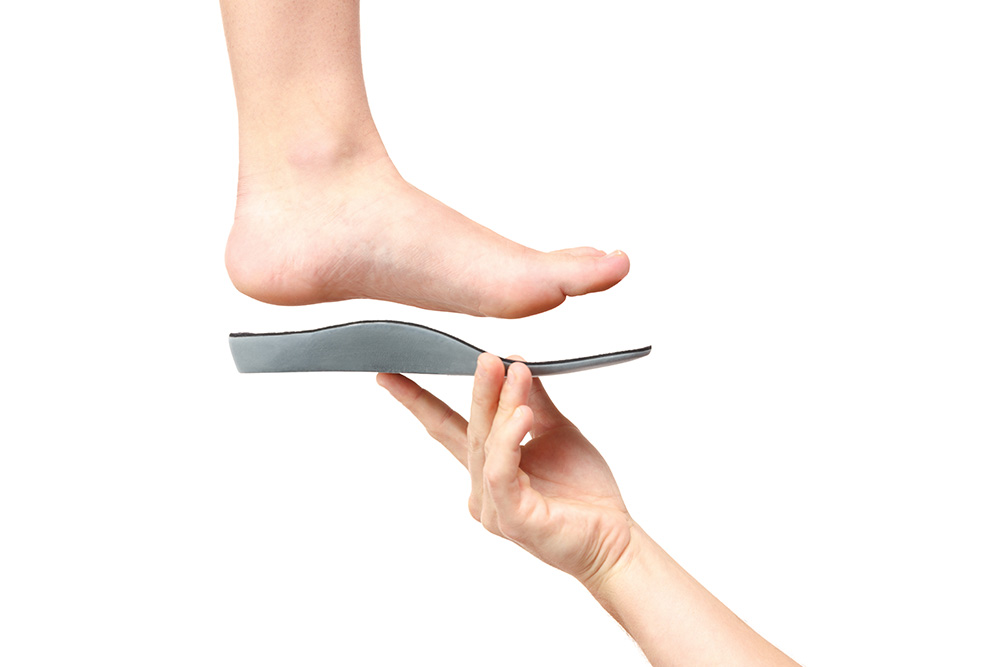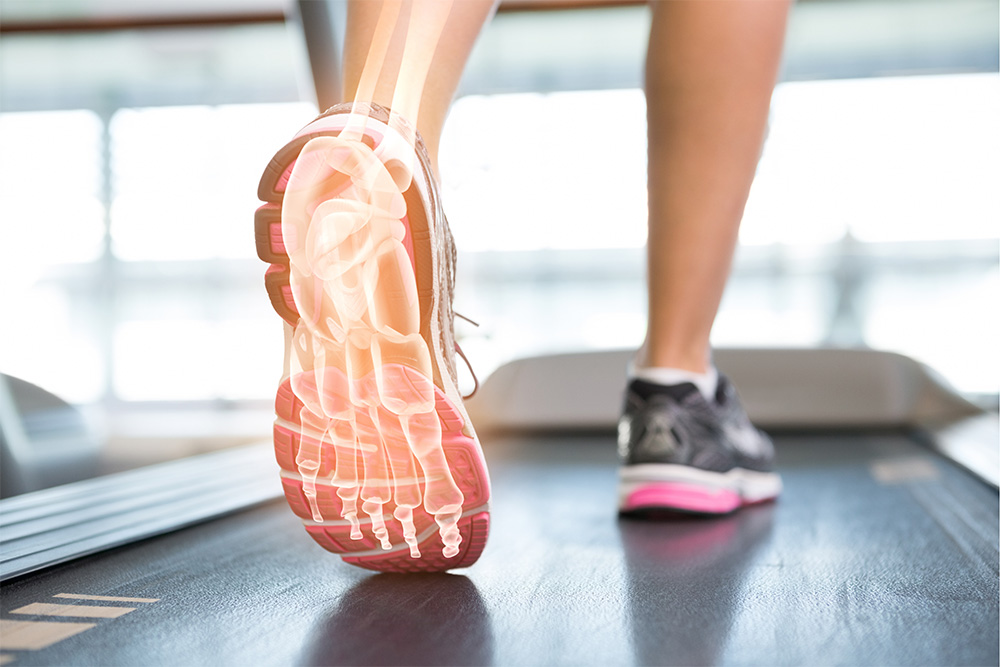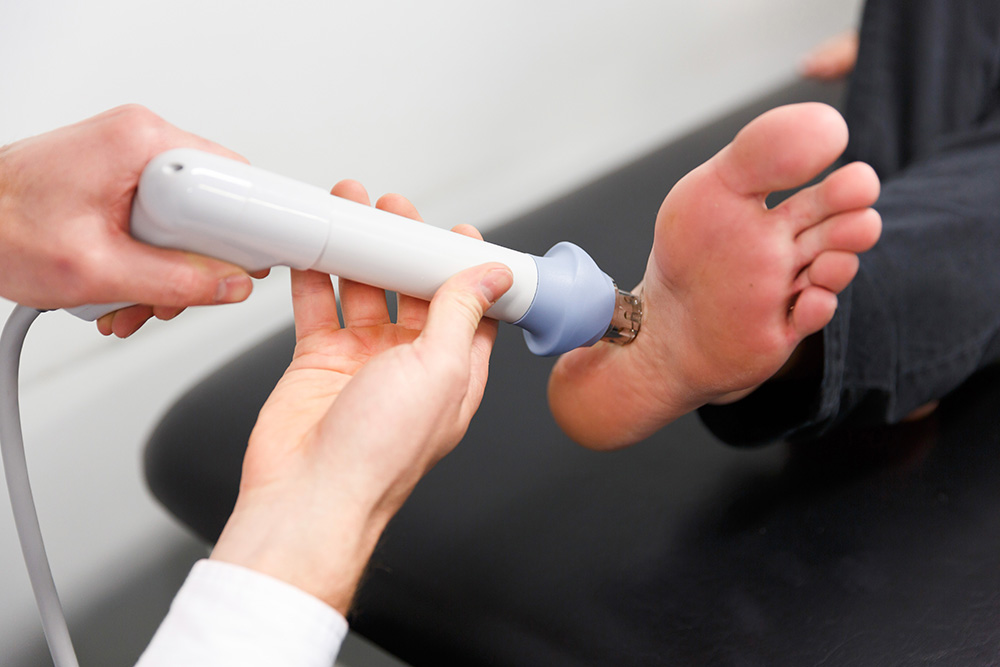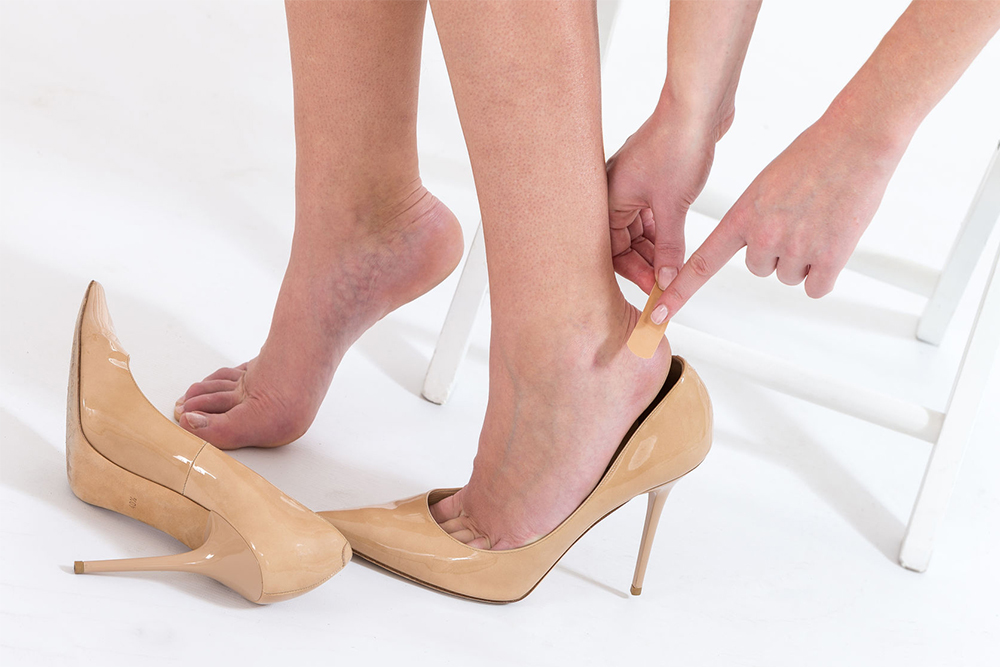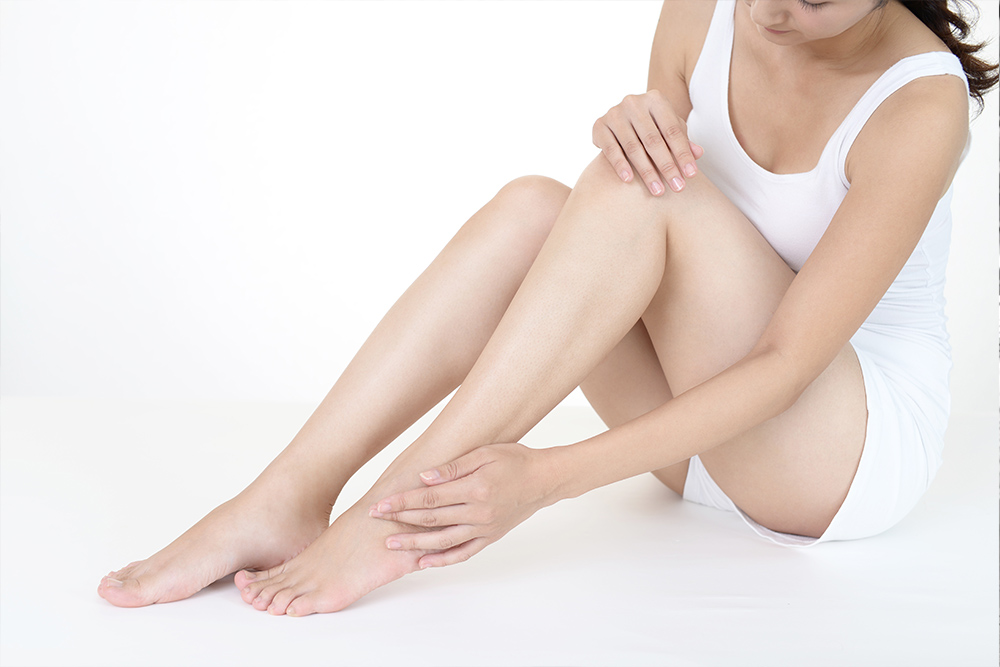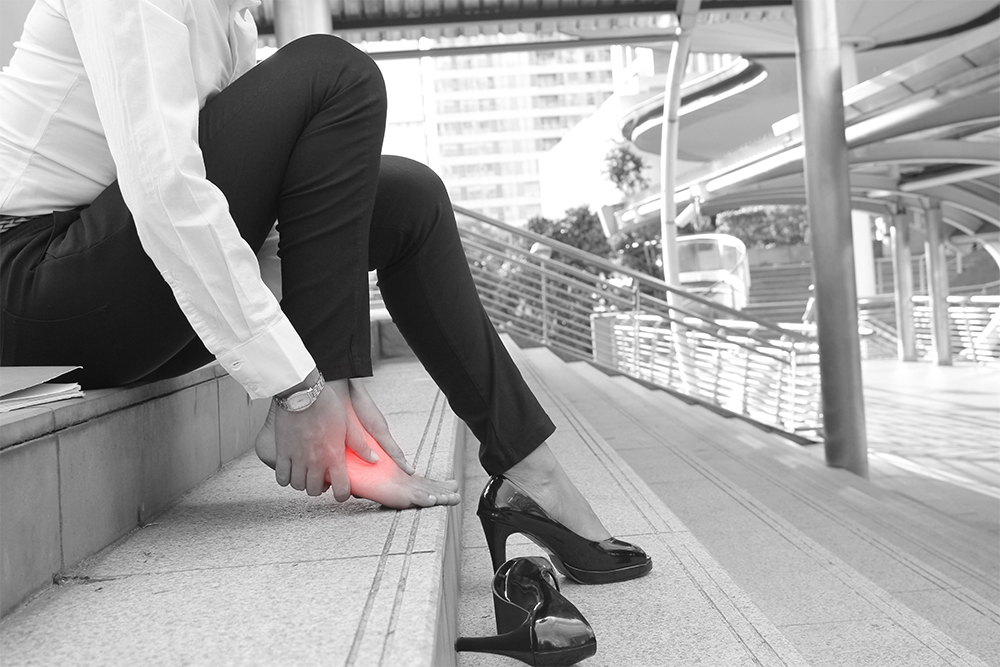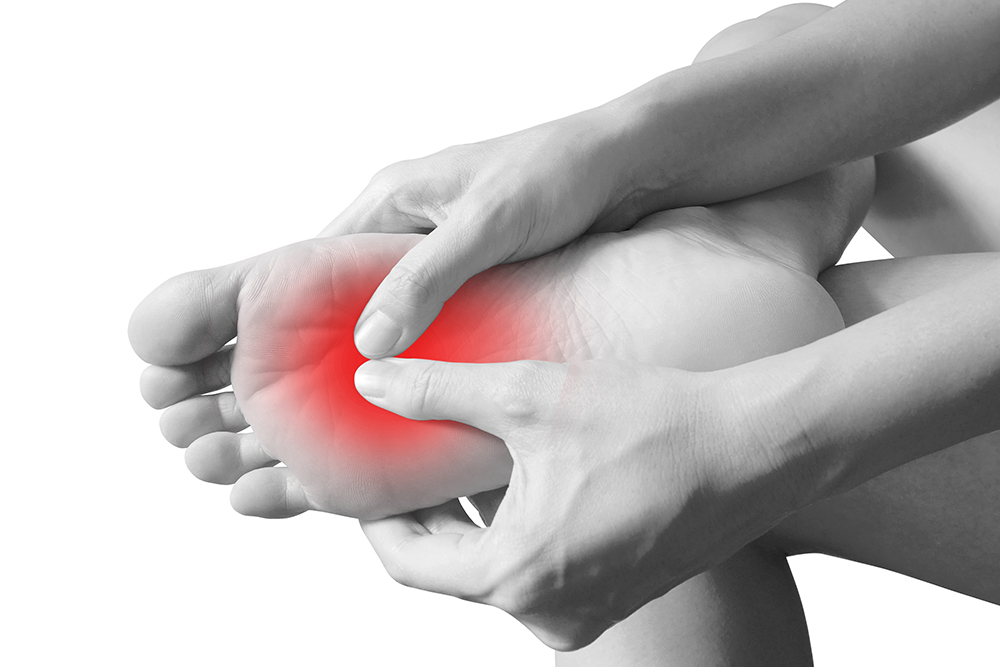
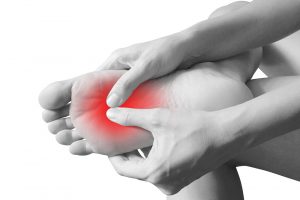 The forefoot, or ball of the foot, is made up of 21 small bones, muscles, ligaments, tendons, nerves, blood vessels and other tissues. This makes pain in this area complex to diagnose. Here at My FootDr, forefoot pain is a very common condition that we see and treat. We understand the importance of having the right diagnosis so that the best treatment can be implemented at the right time.
The forefoot, or ball of the foot, is made up of 21 small bones, muscles, ligaments, tendons, nerves, blood vessels and other tissues. This makes pain in this area complex to diagnose. Here at My FootDr, forefoot pain is a very common condition that we see and treat. We understand the importance of having the right diagnosis so that the best treatment can be implemented at the right time.
What causes forefoot pain?
A number of conditions can cause forefoot pain and a diagnosis must be made carefully after a thorough history, treadmill analysis of the gait, and clinical testing are completed. Your pain may be caused by:
Sesamoiditis – you have two small sesamoid bones beneath your big toe called the sesamoids. They aren’t attached to the big toe, but are embedded within the tendons that run beneath them. When these bones are put under excess pressure or overused, the area can become inflamed, irritated and painful. This is sesamoiditis.
Bursitis – you have fluid-filled cushion-like sacs called bursa all around your body. They sit between tendon and bone, lubricating them and preventing them from rubbing against one another and causing damage. When the bursae become irritated, they can become swollen and painful. This is bursitis.
 Morton’s neuroma – this is an enlargement of the sheath surrounding a nerve that runs between the long bones (metatarsals) of your feet. It often occurs between the third and fourth toes and can cause burning, tingling, numbness or shooting pain whenever the toes are compressed.
Morton’s neuroma – this is an enlargement of the sheath surrounding a nerve that runs between the long bones (metatarsals) of your feet. It often occurs between the third and fourth toes and can cause burning, tingling, numbness or shooting pain whenever the toes are compressed.
Capsulitis or synovitis – capsulitis is the inflammation of the joint capsule, and synovitis is the inflammation of the synovium – the lining of the joint capsule. Often, these problems are caused by repetitive overloading of the forefoot, for example during running and high-impact exercise.
Plantar plate injury – your plantar plate is a fibrous ligament that runs along the bottom of the foot and connects the metatarsal heads, preventing them from popping out of place. When the plantar plate is injured or torn, pain and swelling develop at the ball of the foot and there may be a noticeable gap of ‘V’s sign between the affected toes.
Hammertoes or claw toes – hammertoes and claw toes develop when your toes are forced into the related position, and it eventually becomes a permanent change in the shape of the joints and toes. This may be caused by tight footwear that pushes against the toes, or from repetitively gripping the ground with the toes for stability.
Pain from arthritis – arthritis affects the joints in our feet which can cause pain, stiffness and swelling. The effects of arthritis in the joints tend to worsen over time, ultimately leading to the degeneration of the bones involved in the joint. There are many types of arthritis that can affect the joints of the feet, including osteoarthritis, rheumatoid arthritis and gout.
Corns or callus – corns and calluses develop from pressure or friction (rubbing) in areas of the feet. This causes hard skin to build up in these areas, which can cause pain and discomfort when they develop on weight-bearing areas of the feet. This can feel like walking on small pebbles in the shoes, causing much frustration for those affected.
How is forefoot pain treated?
The best treatment starts with a careful examination to ensure the right diagnosis is made from the wide range of potential foot problems (that far exceed the list above!)
Management is directed towards targeting the cause of the condition. Often, this involves offloading the painful region, which can be done effectively using custom foot orthotics. Sometimes immobilisation is required in a short leg pneumatic walker or boot when symptoms are acute or severe. Where the muscles surrounding the injury have been affected, strengthening and stretching exercises can help restore full function. On occasions, footwear may also be required to be modified with a forefoot rocker or forefoot cushion



